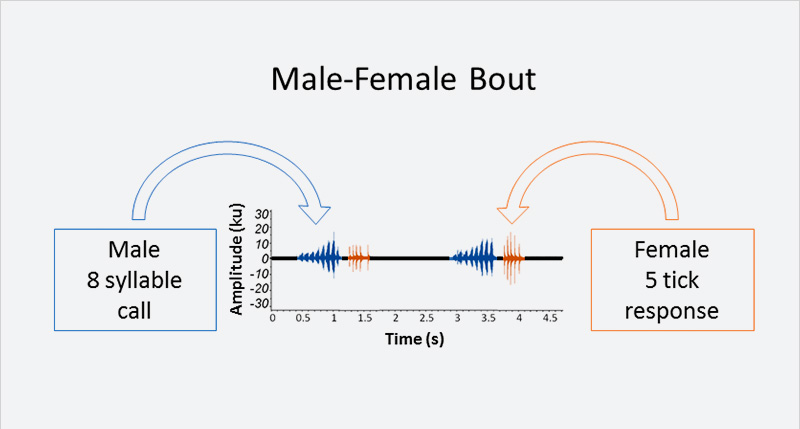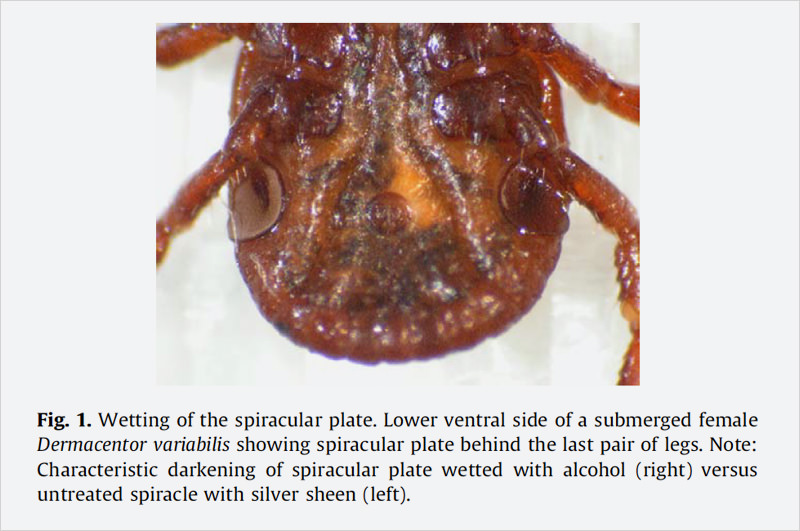Research
Insect Community Ecology
Insects play an important role in every terrestrial ecosystem and most aquatic ecosystems, excluding the open ocean. They are important herbivores, essential pollinators, help recycle waste and carrion, and are food for numerous animals including bats, birds, and fishes. Recently, a number of studies are showing insect diversity is at risk, due to habitat loss, industrialization, and pesticide exposure. A new focus of my research is to collect insects in forested habitats around Columbus and Granville Ohio to determine how features of the habitat like urbanization, fragmentation, and water availability affect insect diversity. I recently initiated a project focused on how urban forests affect the populations of mosquitoes near Columbus Metro Parks. I'm curious to learn if these metro parks act as refuges for medically important mosquitoes - helping to keep these populations at high enough numbers to transmit harmful diseases like West Nile Virus and La Crosse encephalitis.
Insect Mating Behavior
How an animal behaves can have a profound impact on how well the animal adapts to a changing environment, how well they promote the fitness of their offspring, and how they interact with the other animals in their community. Insects represent the most diverse and adaptable group of organisms, exhibiting a fascinating array of behaviors, and playing important roles in our ecosystems, agriculture, and health. They are also often the model organisms from which we derive our basic understandings of the molecular underpinnings of life. My research in invertebrate biology, acoustic communication, field biology, and pre-/post-mating behavior, as well as my molecular training in proteomics, gene expression, and gene silencing/editing, have given me the skills to answer a diversity of important questions surrounding insect biology and behavior.
Publications:
- Villarreal, S.M. Senior, A. & Price, M. 2025. The effect of size on mate selection, fecundity and survival in Culex pipiens mosquitoes,Physiological entomology, 1: 1-12.
- Villarreal, S.M., Pitcher, S., Helinski, M.E.H., Johnson, L., Wolfner, M.F., Harrington, L.C. 2018. Male contributions during mating increase female survival in the disease vector Aedes aegypti Journal of Insect Physiology. 108: 1-9.
- Villarreal, S.M., Winokur, O., Harrington, L.C. 2017. The impact of temperature and body size on fundamental flight tone variation in the mosquito vector Aedes aegypti (Diptera: Culicidae): Implications for acoustic lures. Journal of Medical Entomology. tjx079. doi:http://dx.doi.org/10.1093/jme/tjx079
- Alfonso-Parra, C., Ahmed-Braimah, Y.H., Degner, E.C., Avila, F.W., Villarreal, S.M., Pleiss, J.A., Wolfner, M.F., & Harrington, L.C. 2016. Mating-induced transcriptome changes in the reproductive tract of female Aedes aegypti. PLOS Neglected Tropical Diseases. 10: e0004451.
- Villarreal, S.M. & Gilbert, C. 2014. Male Scudderia pistillata katydids defend their acoustic duet against eavesdroppers. Behavioral Ecology & Sociobiology. 68: 1669-1675.
- Villarreal, S.M. & Gilbert, C. 2013. Female acoustic reply to variation in the male call in a duetting katydid, Scudderia pistillata. Behaviour. 150: 525-546.
- Villarreal, S.M. & Gilbert, C. 2011. The unique counting call of a katydid, Scudderia pistillata. Annals of the Entomological Society of America. 104: 945-951.
- Fielden, L.J., Knolhoff, L.M., Villarreal, S.M., & Ryan, P. 2011. Underwater survival in the dog tick Dermacentor variabilis (Acari: Ixodidae). Journal of Insect Physiology. 57: 21-6.
Research History:
Proximate Causes of Mosquito Behavior
My postdoctoral work focused on using molecular tools to explore the proximate cause of female mosquito post-mating behavior. In animals ranging from flies to humans, the male transfers molecules to the female during mating that induce a suite of behavioral and physiological changes, including promoting egg laying and reducing re-mating. In mosquitoes it is important to understand the molecules responsible for these behavioral modifications, as there is potential to manipulate these molecules as a means of vector control. Although mosquitoes like Aedes aegypti transmit important human diseases, like Zika and dengue viruses, almost nothing is known about what causes female post-mating behavior. I have been able to tie female post-mating behaviors to a subset of proteins made in the male mosquito’s reproductive accessory glands. For example, in the figure below treatments A-K are females injected with subsets of male proteins and fractions D, E, and J are active in causing refractory (reduced re-mating) behavior. Using CRISPR gene editing the lab is currently assaying candidate proteins to determine their role in inducing female re-mating behavior.

Discovering the Rules of a Katydid’s Duet
My graduate training was in behavioral ecology. I characterized the acoustic communication of a species of katydid local to upstate New York, Scudderia pistillata. I spent my first few summers in the field, observing katydid movement and chorus structure. I then brought the animals back into the lab to record their sounds, and performed acoustic experiments to explore the duet behavior between males and females. Male S. pistillata katydids let their songs grow as they call, producing longer and longer calls until they quietly reset. Females in turn respond to each call with a call of their own, a fast series of ticks that increase as the male increases the length of his call. Below is an image of two such calls and responses. I also uncovered a previously undescribed acoustic mate-guarding behavior exhibited by a duetting male when he perceives competition from neighboring males. During my graduate work I barely scratched the surface of this fascinating duet and I’m continuing to work with this amazing species to understand what role this variability in call structure has for mate choice, and what consequence this guarding behavior has when males are calling in a chorus with lots of competition from neighboring males.

My First Experiences with Research
I completed my Senior Honors Thesis at a liberal arts institution, Truman State University, with Dr. Laura Fielden-Rechav. My research group, consisting of two biologists and two mathematicians, focused on the form and function of the American dog tick’s plastron. Arthropods breathe through a series of tubes (trachea) that bring oxygen directly to every cell of the body. Though ticks are terrestrial, they survive being submerged underwater thanks to a patch of cuticle covering a pocket of air located at their spiracle (the opening to their trachea). Oxygen travels down it’s concentration gradient, from the water and into the tick’s trachea, allowing them to breathe. In the figure below you can see the sheen created by the trapped air underneath the spiracle.
I understand how important undergraduate research can be in shaping a person’s career. Beyond the tick project, I also worked in the lab of Dr. Jon Gering who studied the biodiversity and abundance of various Orthopteran species in northeast Missouri. From these surveys of field sites, I first encountered katydids and grew to love performing research that focused on local habitats. These types of organismal studies are excellent avenues to ease students into research, as the behaviors are easily observable and allow for a variety of student-generated projects. I’m excited to provide this type of training to the next generation of biologists, exploring interesting questions in animal behavior.

